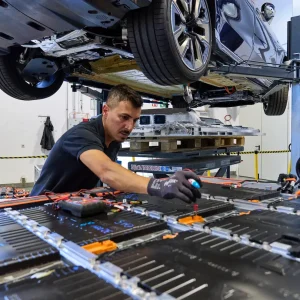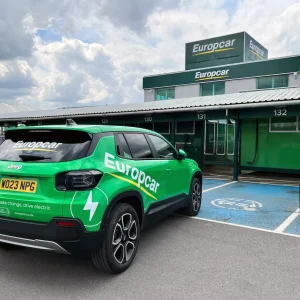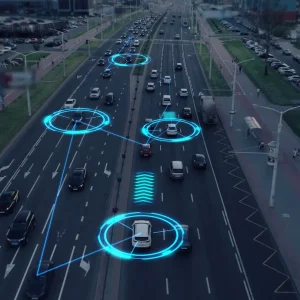The future is with us now. Talking cars have been a pipedream for decades but now they are a reality.
At least in as much that the technology has been developed and is proving to work. Widespread implementation is an all-together different thing.
A consortium comprising vehicle manufacturers Audi, BMW, Ford, Mercedes, Vauxhall/Opel and Volkswagen, and ably supported by diverse component suppliers, has been running a fleet of 120 cars that are quietly chatting to one another as they cover thousands of miles during the testing stage.
It all sounds like automotive Utopia. From improved fuel performance to increasing safety, the possibilities created by the new technology being developed are endless.
Car-to-infrastructure technology could see traffic lights phasing optimally to traffic flows and advising drivers to slow down to ensure they arrive at the lights as they turn to green, saving fuel from start/stop driving and wasteful idling at lights.
It could also see more timely alerts sent to drivers about hazards ahead, placing less reliance on overhead gantries that invariably display out of date or irrelevant messages.
Car-to-car technology could see regular message alerts to the car behind to drop back to a safe distance.
However, for the technology to be of any use, it would have to be fitted to every car on the road. It would also have to be embedded by the roadside across the road network.
Maybe within the realms of possibility for the country’s motorway network but on ‘A’ and ‘B’ roads. I don’t think so!
The cost of developing such technology is sky high and the price of implementing it roadside and in-car is unknown at this stage.
However, one thing’s for sure – it won’t be cheap. The fact remains that in the current economic climate, it is beyond the scope of any UK government and vehicle manufacturers to make viable so that local authorities, fleets and drivers are prepared to fork out the necessary cash to make this automotive technology Utopia a reality.
Will we see crumbs from the rich man’s table? Perhaps some lessons learned from this interesting but, at this stage, pie-in-the-sky pipedream may filter down into the standard modern day car.
After all, we have already seen major strides forward in active safety in the form of electronic stability programmes, predictive emergency braking systems and predictive collision warnings to highlight just three acronyms that have become part of automotive techno speak.
Yes, I’m sure reality will see technology lessons learned but while local authorities struggle to fill the myriad potholes dotting our tarmac strips and families struggling to make ends meet, car-to-car and car-to-infrastructure technology is probably furthest away from their minds at present.
Over the water, the thinking is different. California, it seems, is set to go down the driverless road as its Governor has just signed legislation covering safety and performance regulations for, wait for it, “autonomous” vehicles.
A case of ‘California Dreaming’, methinks!
Follow BusinessCar on TWITTER.





